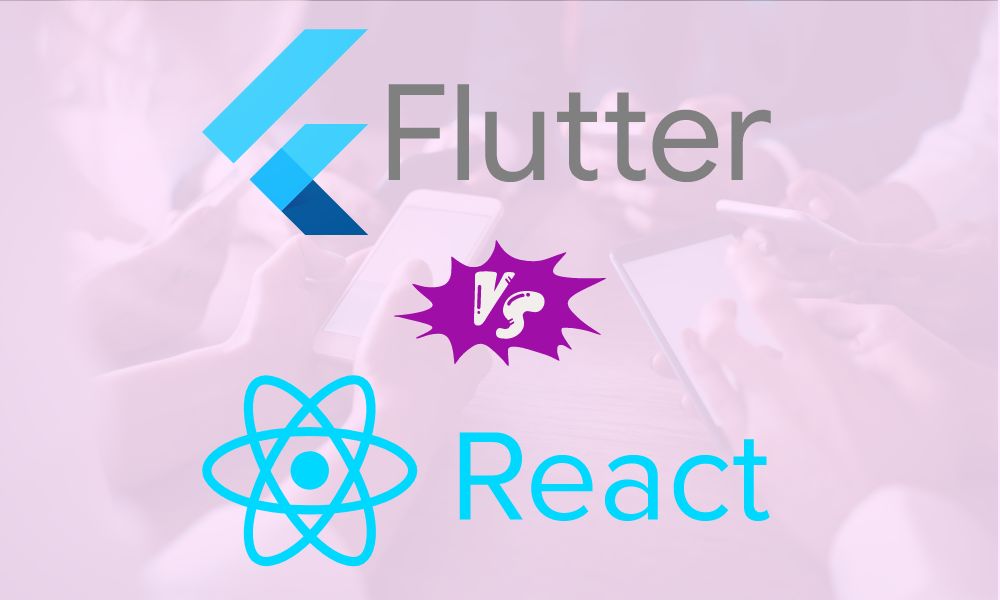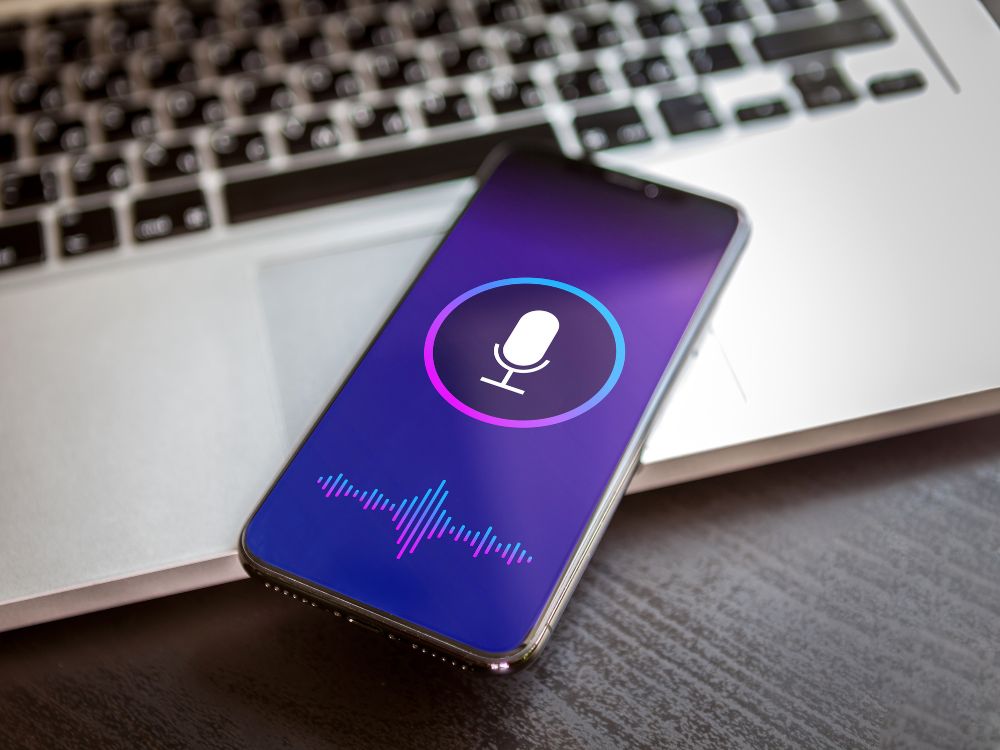
In the world of mobile apps, grabbing and retaining users’ attention is no easy task. With countless apps grasping for attention on users’ screens, the power of push notifications emerges as a secret weapon for driving unparalleled user engagement.
Imagine this: you’re engrossed in your daily routine, and suddenly your phone lights up with a tempting message from your favorite shopping app – “Flash Sale: 50% off Sitewide!” Intrigued, you click, and just like that, you’re immersed in a shopping spree. This is the magic of push notifications – short, impactful messages that cut through the digital clutter, reeling users in and igniting their interest.
The real power of push notifications lies in their ability to deliver timely, personalized content that resonates with users. Whether it’s a friendly reminder about an abandoned cart, breaking news updates, or personalized recommendations based on user behavior, push notifications establish a direct line of communication that can’t be ignored.
However, like any great power, push notifications must be wielded responsibly. Bombarding users with incessant notifications can lead to annoyance and app uninstalls faster than you can say “unsubscribe.” Striking the right balance between helpful reminders and overwhelming noise is key.
Modern users value customization and control. Allowing users to personalize their notification preferences not only respects their choices but also enhances their sense of ownership over the app experience. Leveraging rich media like images, videos, and interactive elements in push notifications adds an extra layer of engagement that captivates users and deepens their connection with the app.
When wielded strategically and thoughtfully, push notifications have the potential to transform casual users into loyal advocates, ensuring that your app remains an integral part of their digital lives.



